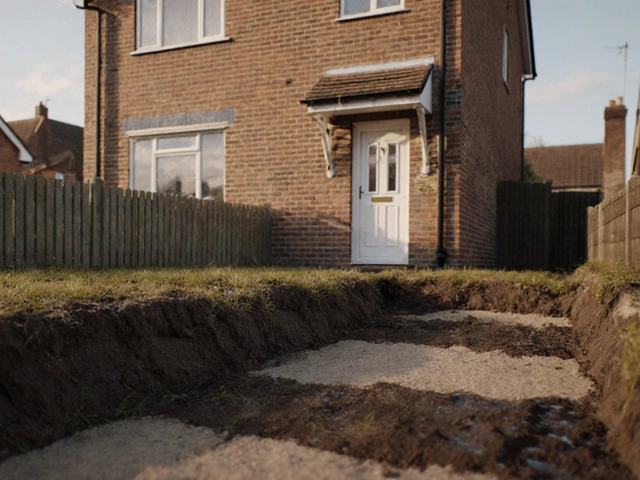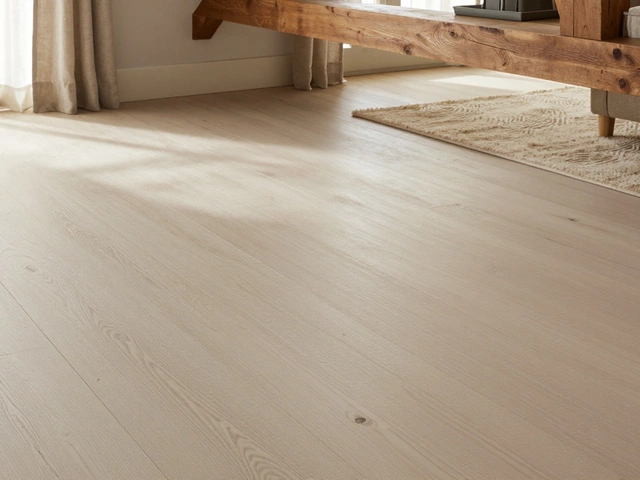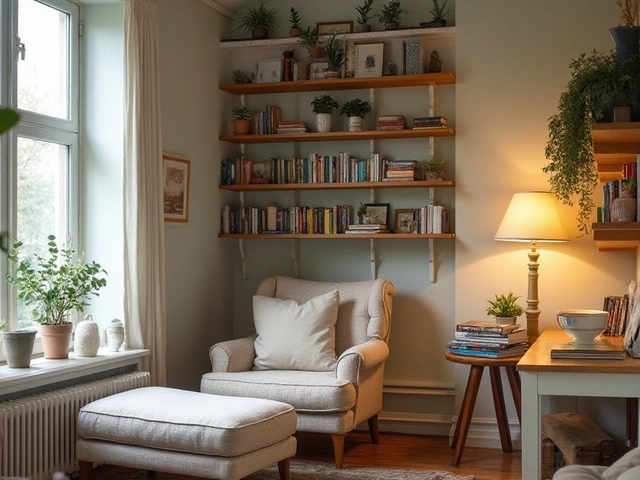
Picture this: you step onto gleaming floors, the paint smells crisp, and nobody else has ever used the shower. That’s the buzz of a new build home. But here’s the funny part — pinning down what counts as a “new build” isn’t as obvious as you’d think. Ask five people and you’ll get six answers, from “fresh off the builder’s lot” to “it just looks modern.” Yet banks, insurers, and tax offices don’t do guesswork; they have their own rules and timelines that shape what you can call a true new build. This label does more than feed your ego—it affects warranty coverage, taxes, mortgage deals, and even whether you snatch up that tempting government incentive. If you’re eyeing a place that’s sparkling new—or at least it looks the part—here’s what you really need to know before you hang up your moving-in bunting.
Defining a New Build Home: Cutoff Dates, Paper Trails, and Technicalities
So what’s the official line on a new build home? Most places in the world stick to a simple rule: if you’re the first person to own, live in, or sell the house since it was built—from the ground up, not just a heavy facelift—then it’s a new build. In the UK, for example, the government and most lenders agree that a new build is a property sold by the developer within two years of its initial construction and has never been lived in. In the US and Canada, it all comes down to newly-constructed, never-before-occupied status. Any hint of previous life—someone else renting, using, or even flopping on the couch for a week—can bump a place out of the “new build” club.
This gets murkier when you look at big renovation projects. Call them "major rehabs," "gut jobs," or "totally unrecognizable overhauls"—if the home’s original frame sticks around, it’s usually not new. In most cases, replacing floors, windows, a roof, or even knocking down some walls doesn’t cut it. Only total demolition and rebuilding, or constructing on a brand-new plot, check the right box. Looking for proof? It’s usually in the completion certificate or final building permit. You’ll want to see an occupancy certificate dated less than two years old and paperwork that says you’re the first owner on the record.
This matters because mortgage lenders and even home insurance companies will quiz you on it. Lenders often offer special new build mortgage deals, knowing you’ve got a shiny, low-risk property. Insurers love new builds for the same reason—they’re less likely to break, leak, or catch fire compared to older homes. That’s why getting your hands on all those build documents isn’t just tidy admin—it can shave serious cash off your payments and guarantee you’re covered if a hidden defect crops up.
Another twist is the role of the builder. When buying from a developer (aka the builder), you can almost always call it a new build, as long as you’re first through the door. That’s why housing stats around the world—like those from the US Census Bureau or the UK’s Office for National Statistics—rely on first sale dates to label properties as new.
For buyers, tip number one is to ask for the completion date and who lived there (if anyone) since construction wrapped up. Look for official “new home warranty” coverage, like the NHBC in the UK (which covers 10 years for structure) or the 2-5-10 warranty in Canada. Here’s a quick cheat sheet:
| Country | Typical New Build Definition | Popular Warranty |
|---|---|---|
| UK | Built and sold by developer in past 2 years; never occupied | NHBC 10-year |
| US | Brand new construction; never previously occupied | Builder warranties (1-10 years) |
| Canada | Never occupied prior; built by registered builder | 2-5-10 warranty |
Don’t rely just on the shiny exterior. Double-check the paperwork, and ask the developer directly: “Am I the first legal occupant?” That’s the gold standard for new build status.
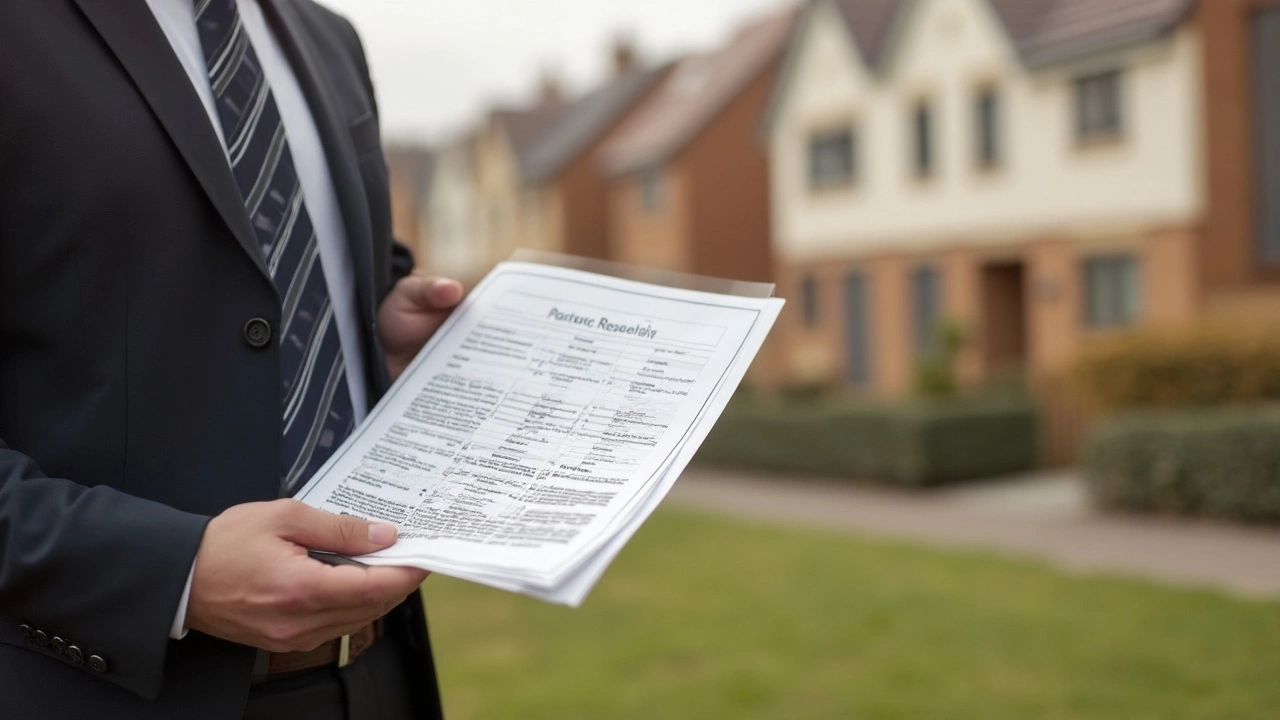
What Sets New Builds Apart: Features, Benefits, and Surprising Limitations
Here’s where things get interesting. You might think a new build home is just about untouched paint, but the advantages—and a few sneaky downsides—run deeper. First off, developers go big on energy efficiency standards these days. 2023 data from the International Energy Agency pegs new build homes as using up to 40% less energy than similar older properties, thanks to upgraded insulation, triple-glazed windows, and better heating controls. Imagine your heating bill gets chopped nearly in half just because you bought newer!
Modern tech fits right in too. Most builders now install smart thermostats, video doorbells, EV charging points, and built-in Wi-Fi hubs as standard, so you’re set up for the digital age from day one. The cool part is customization: when you buy off-plan (before the home is finished), you can often pick your favorite floors, counters, or even the bathroom layout. It’s a level of personalization that older homes just can’t match, unless you’ve got months to spare and a generous budget.
Warranties are a huge bonus. Builders in most developed countries cover structural issues for 10 years, and cosmetic problems (like cracks or leaky windows) for at least a year after completion. That gives a serious layer of protection. Some developers even offer snagging services—sort of like an inspector on your side—for finding minor faults before you move in. Compare this safety net to buying older houses, where repairs are a wild card and you’re usually on your own.
But hold on. There’s a flip side. A 2024 survey by HomeOwners Alliance found nearly one in four buyers flagged at least one snag or defect in their new build within the first year, like poor plastering or sticky doors. Some buyers report dealing with noisy construction around them for months, especially on big developments where plots are finished in phases. So while the risks are lower, they’re not zero. Managing the handover process, checking everything works, and having all snags fixed in writing is a must. Always walk through the property with a checklist—bring a smartphone to test plug sockets, heating, and locks before you accept the keys.
Mortgage lenders and insurers also have their own quirks. Some banks require at least a 10% deposit (rather than the usual 5%) for new builds, since valuing unfinished homes is tricky. Plus, new properties sometimes come with higher service charges or management fees if there are shared amenities (think gyms or private parks). Make sure to ask for the annual fee schedule before you commit.
A final thing: energy ratings and construction standards jump around the world. UK homes get an EPC (Energy Performance Certificate), and new builds usually hit at least a B grade. In the US, look for an ENERGY STAR label or HERS Index score. These numbers matter for your bills—and for bragging rights if you ever sell up.
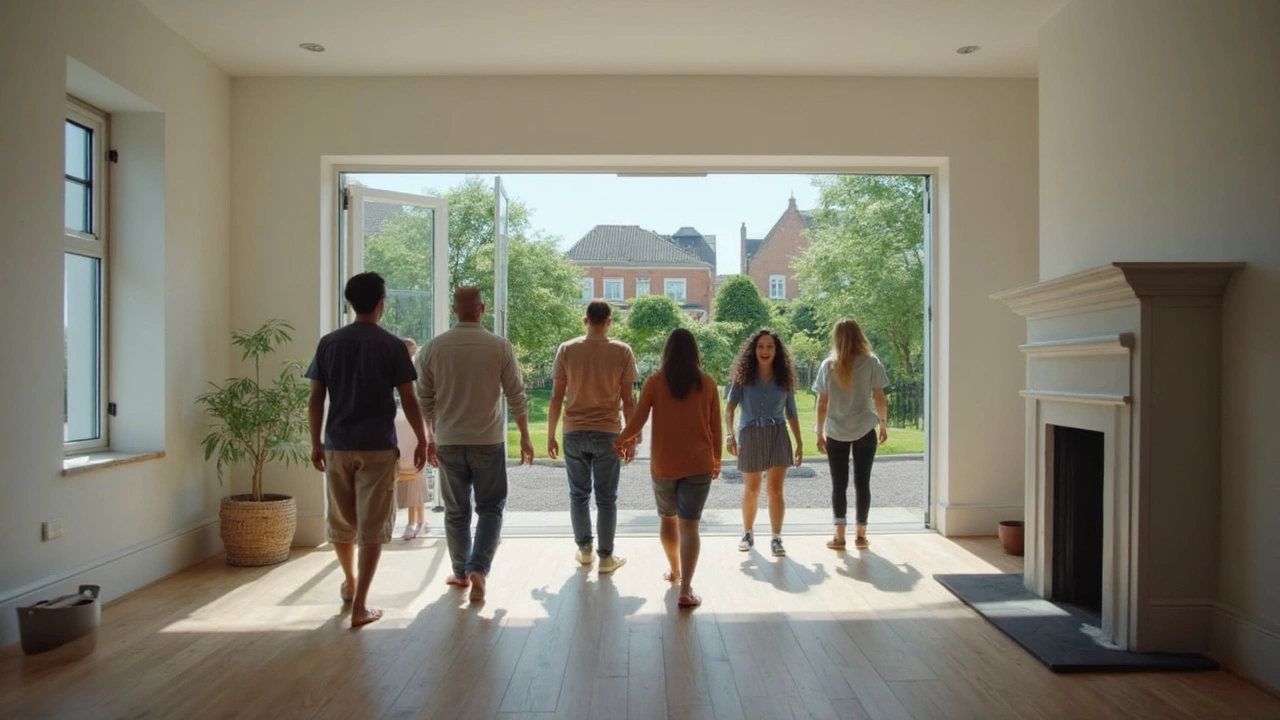
Buying and Living in a New Build: Details No One Tells You
So you’re swayed by that irresistible “fresh start” feeling—no ghosts of past owners, everything where you want it, and peace of mind for a decade or more. But what’s the inside scoop when it comes to actually buying and moving into a new build?
The buying process is different from old homes. You’re usually dealing with the builder’s own sales team, not independent sellers, which means the terms can be less flexible—don’t expect to haggle much on price unless the last few plots are struggling to sell. Plus, you’ll likely pay a reservation fee early on to secure your home, especially if you’re buying before completion. This locks in your plot so it doesn’t get snapped up by someone else. If you’re buying “off-plan,” expect to wait anything from three months to over a year before you get the keys. It’s a patience test, but you do get that sense of anticipation as your new place comes together from a muddy plot to a proper house.
One big tip: always have your own survey carried out, even for a new home. It sounds odd—why pay for an inspection if nobody’s lived there? But snagging surveys often pick up unfinished details the builder’s team missed, from misaligned doors to faulty wiring. If you spot them early, the builder fixes them for free. Wait too long, and you might get pushed onto warranty claims, which take weeks to process.
Another quirk: many new builds (especially apartments) are leasehold, not freehold. This means you own the property but not the land it stands on, and you’ll pay annual ground rent. Check the lease terms—are there steep rises built in? Any quirky rules about pets, paint colors, or where you can park?
As for moving in, brace yourself for ongoing construction in the area. A home finished in June might still be surrounded by cordoned-off building sites for months, even years, on a big estate. Dust, mud, and diggers are normal, and “landscaping” might be just green netting and a few accidental wildflowers at first. Ask the developer how long they expect works around your plot to last and get any promises in writing about paths, security, or parking arrangements.
One thing recent buyers mention a lot: watch for settlement cracks. New homes “settle” in the first year—walls shrink as they dry, sometimes leaving faint cracks. These are usually cosmetic, but check your home warranty to see what’s covered. Open a dialogue with your builder early so you know who to call if cracks or squeaky hinges appear six months in.
And let’s not forget personalization. Many buyers hold off on big upgrades (like expensive floors or fitted wardrobes) for a year so materials can settle, or until the builder’s warranty window for decorative work is over. If you get creative with DIY too soon, you could void some cover. So be patient: live in it a while, see how rooms are used, and then splurge on those final touches.
For anyone hoping to cash in on government perks—like Help to Buy in the UK, or energy-efficiency rebates offered in the US and Canada—the new build home status is usually a dealbreaker. If the home’s not officially “new” by their rules, you miss out. When in doubt, grab those build certificates, note every deadline, and keep your eyes wide open during the snagging period. The fresh paint and untouched fittings are great, sure—but understanding the nuts and bolts of what counts as a new build will pay off for years after the dust settles.


